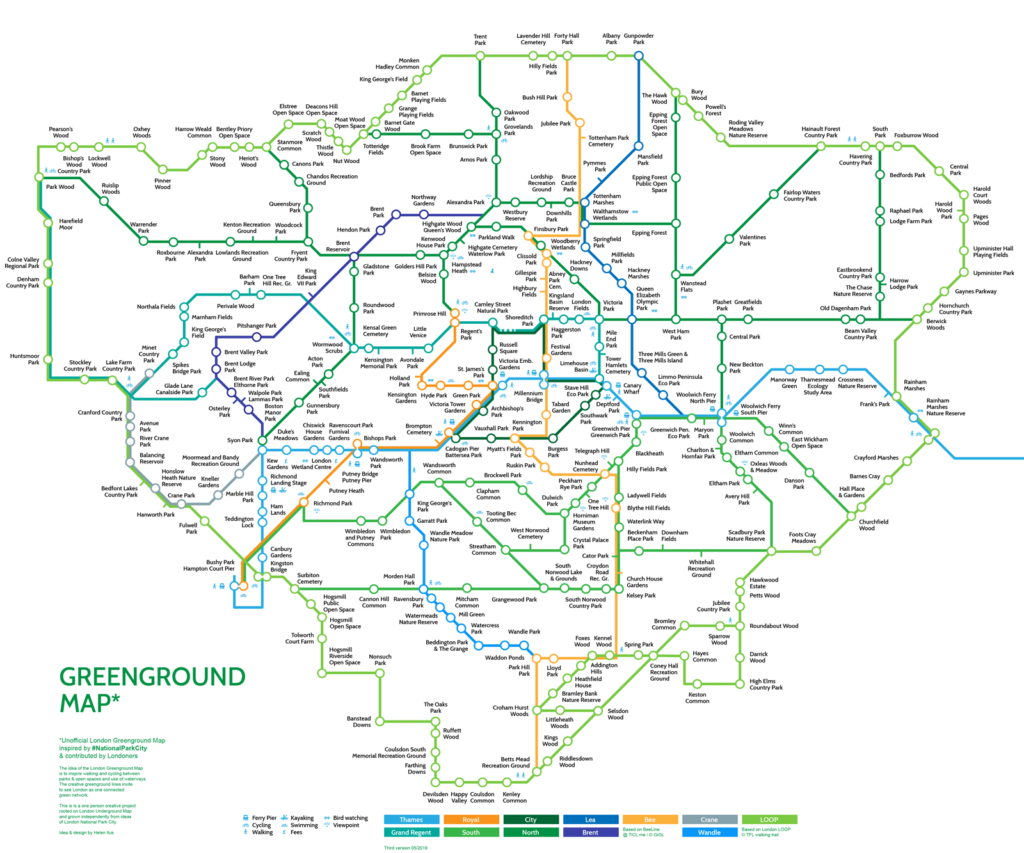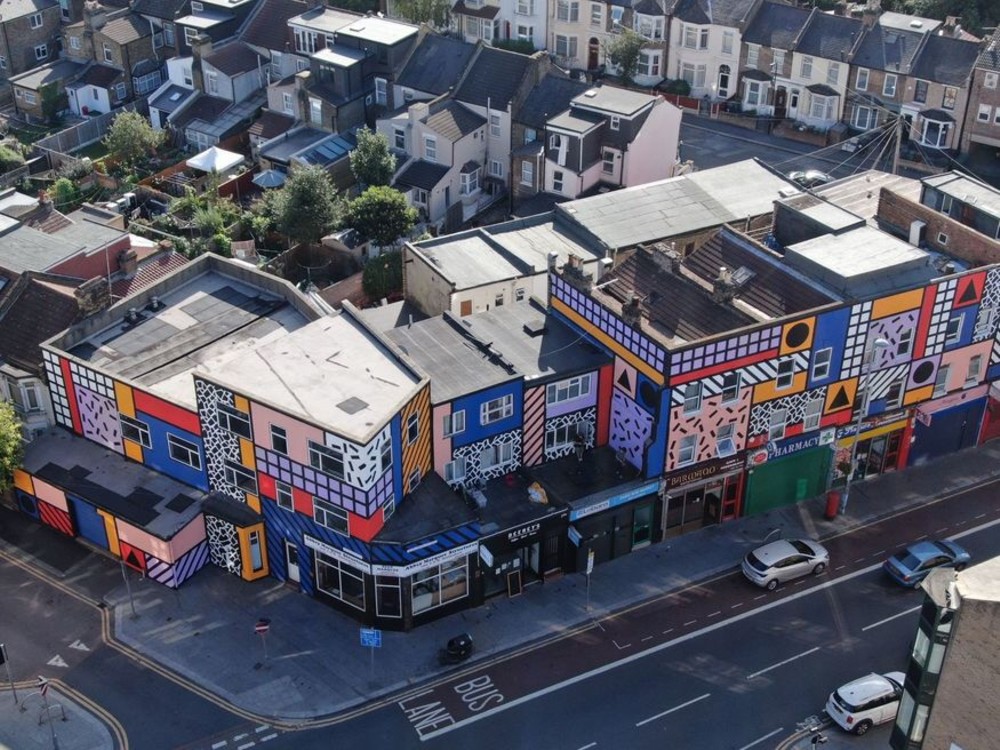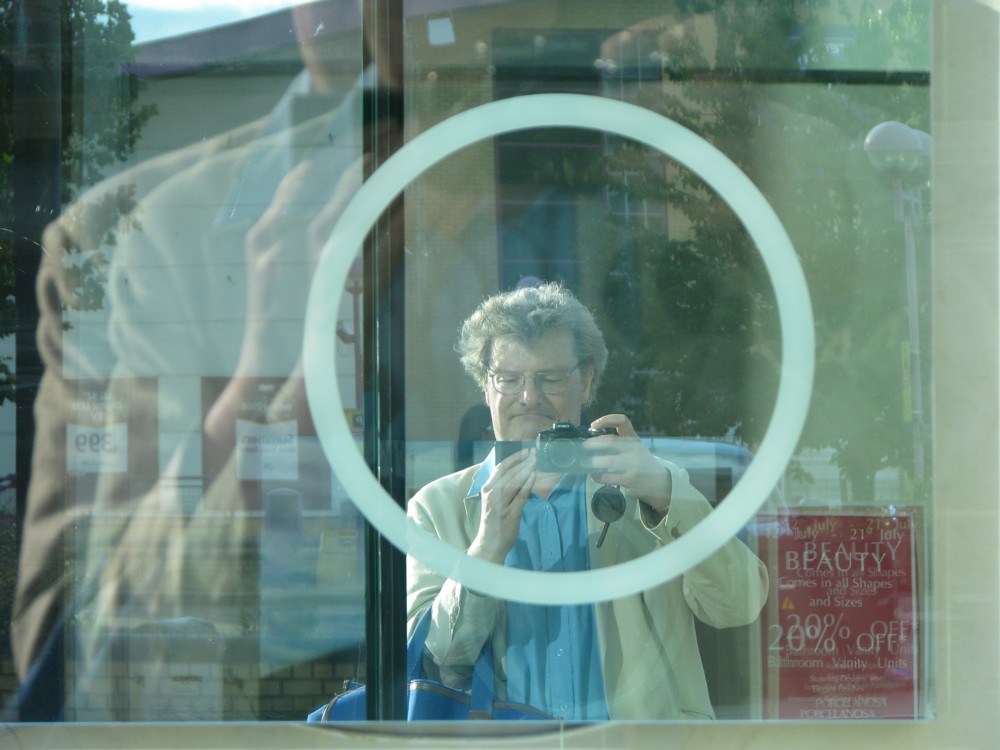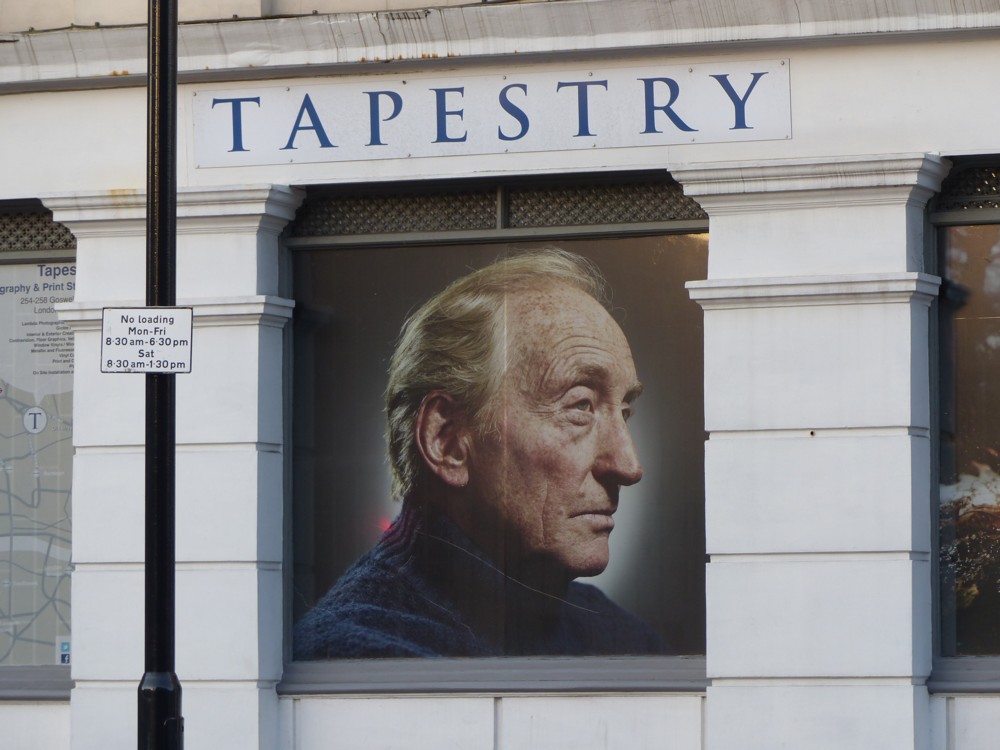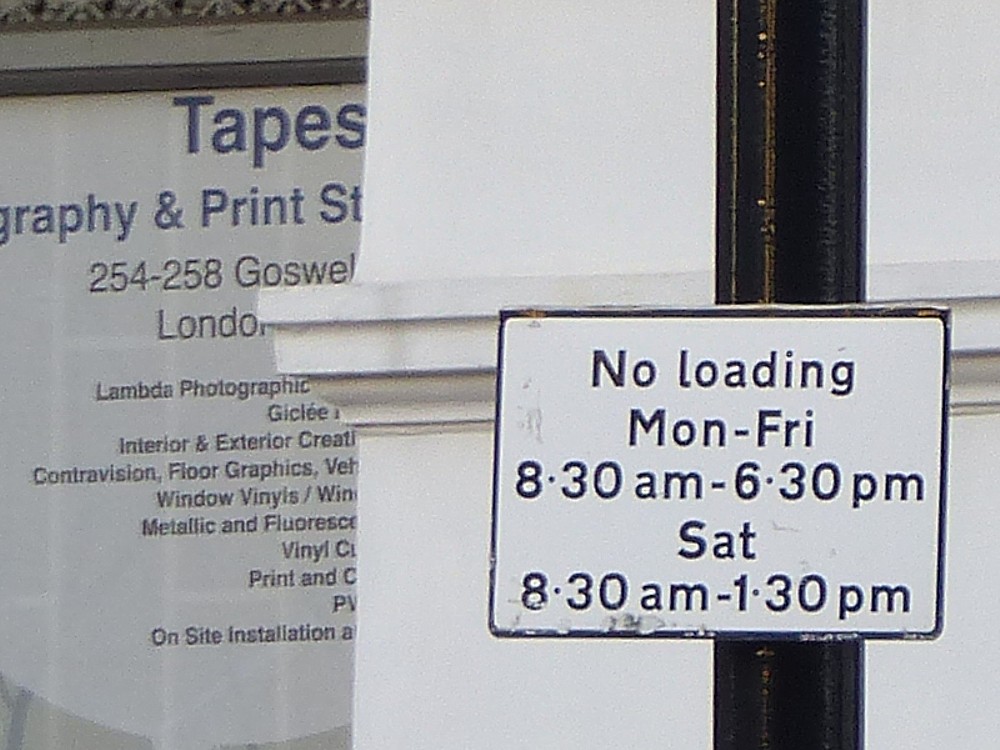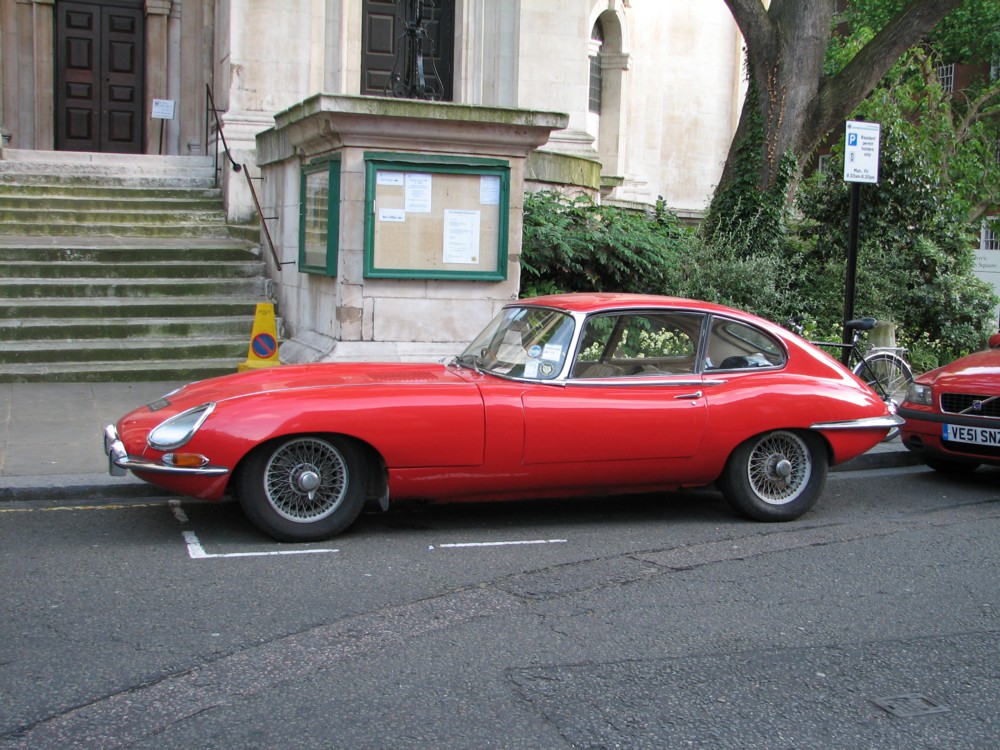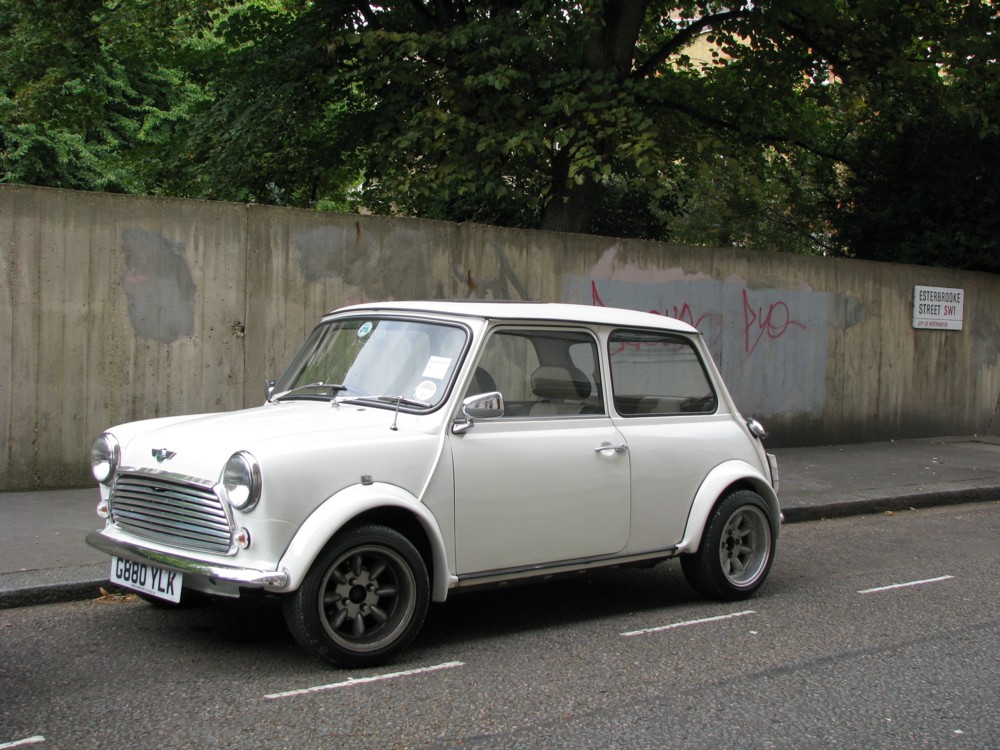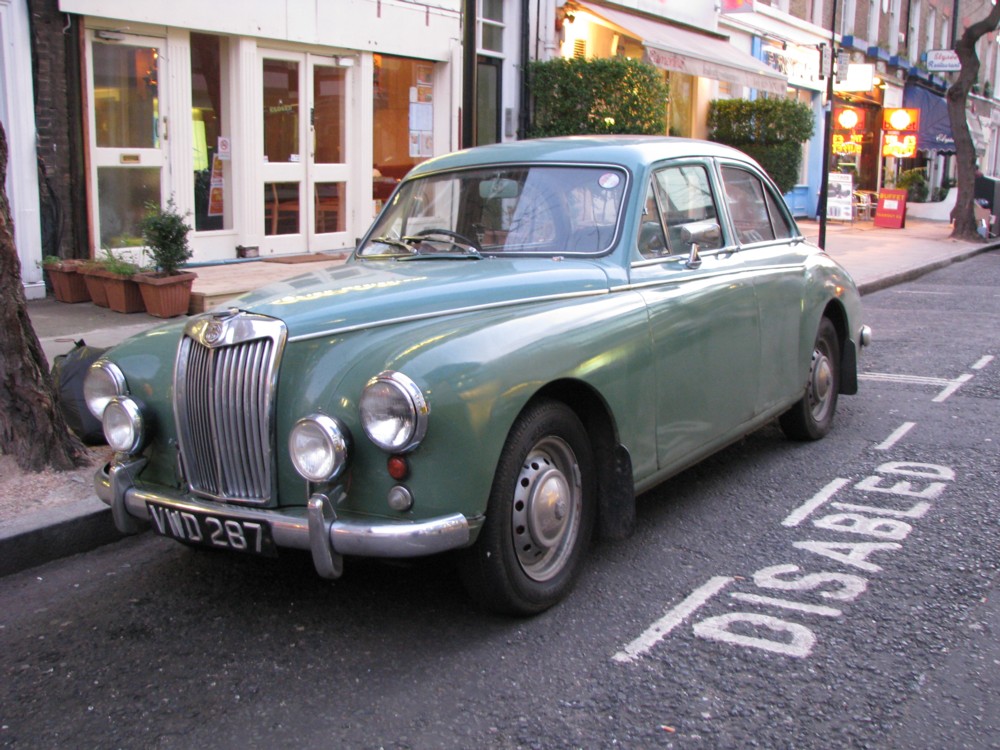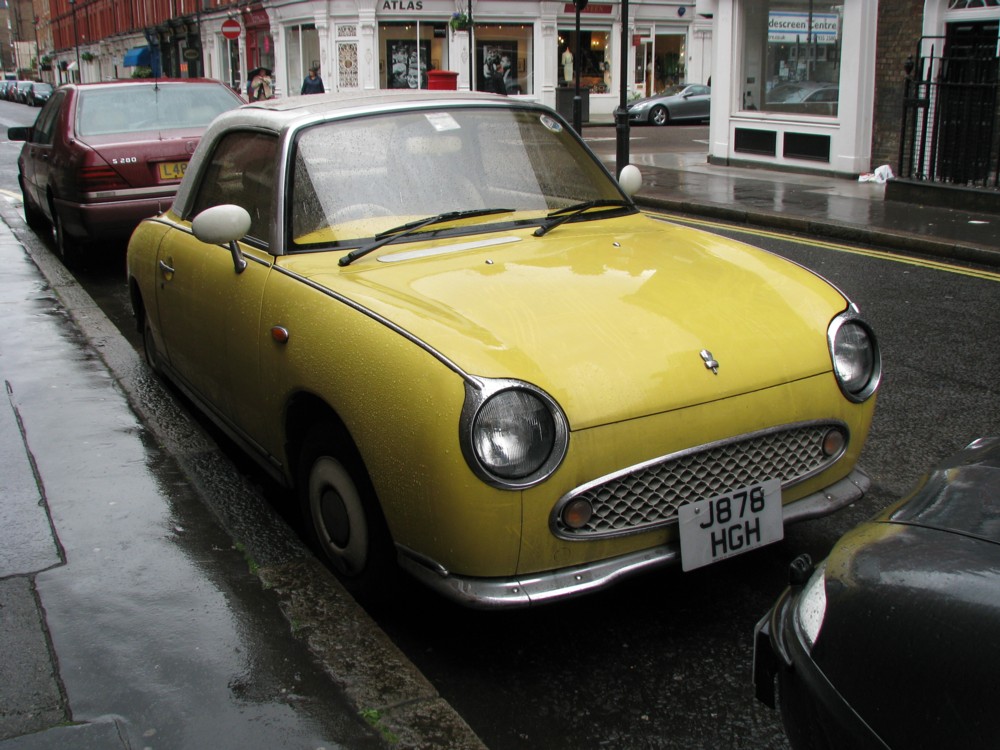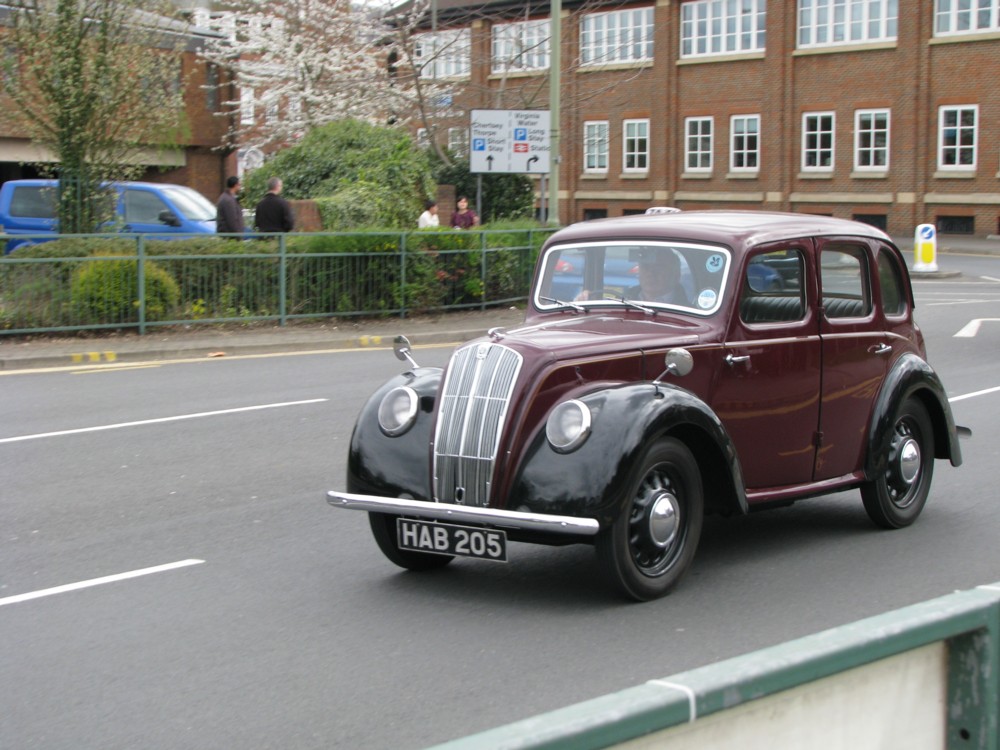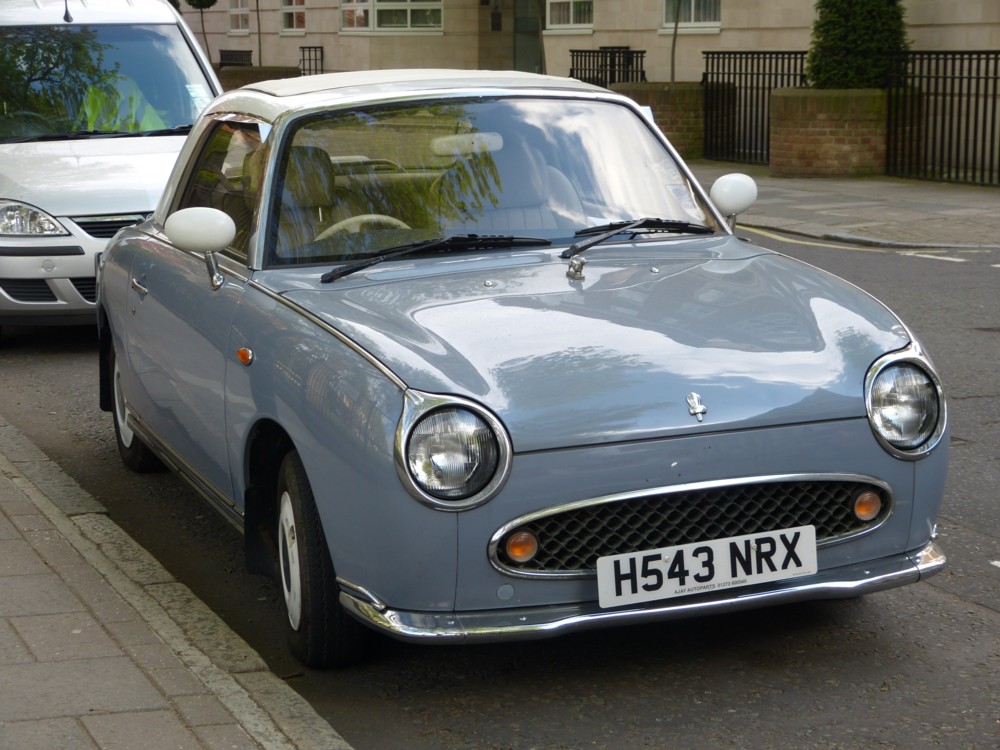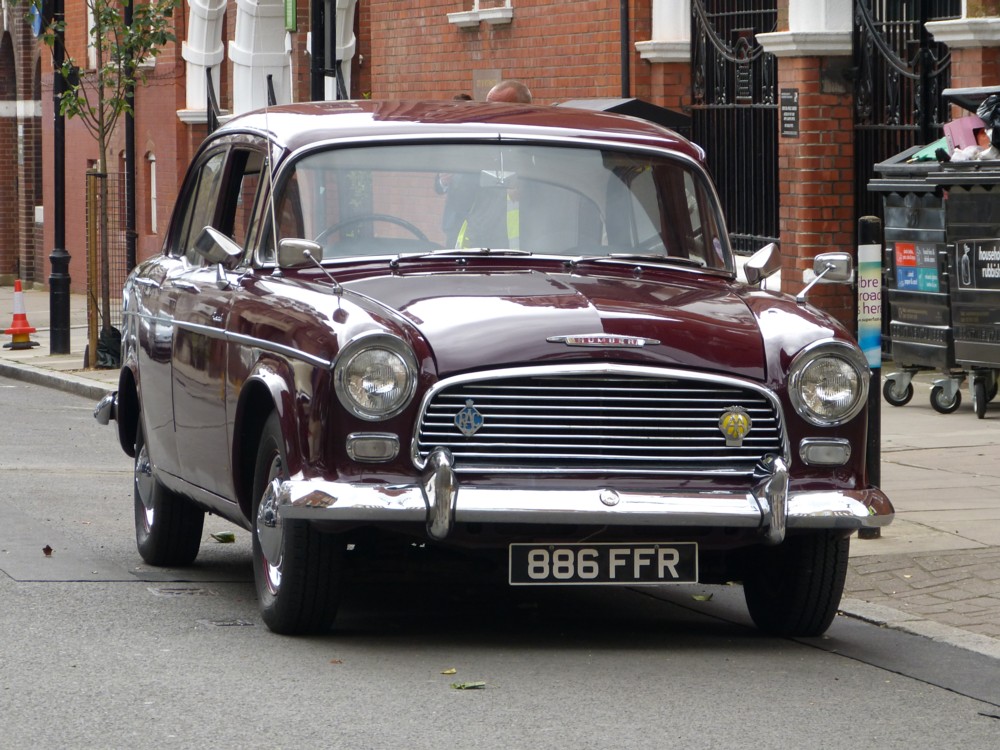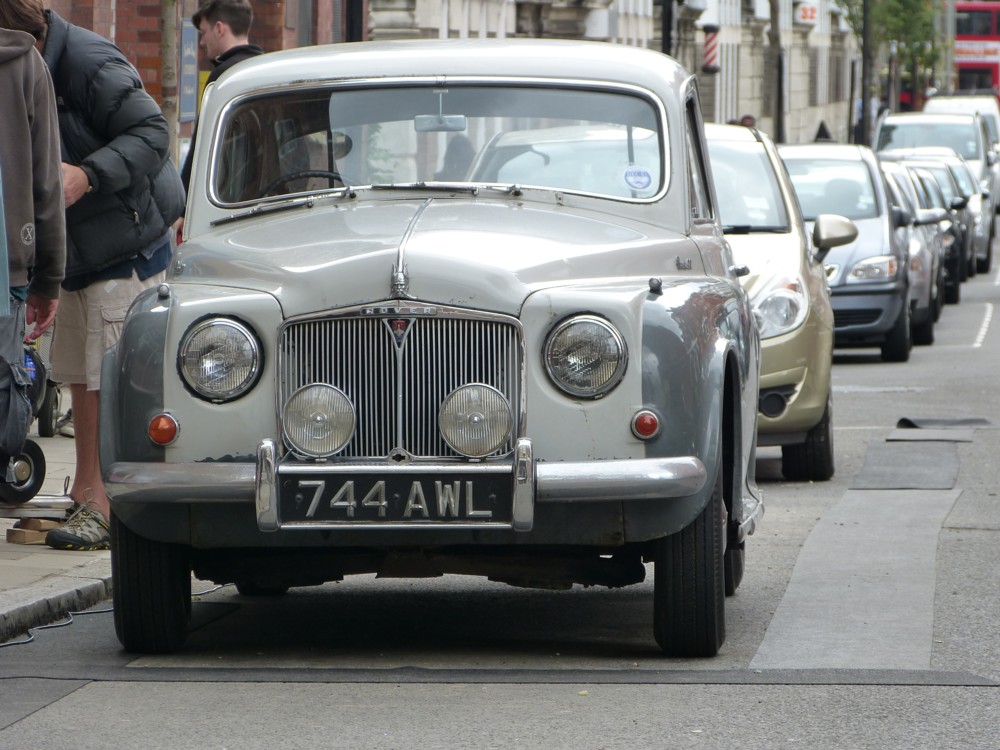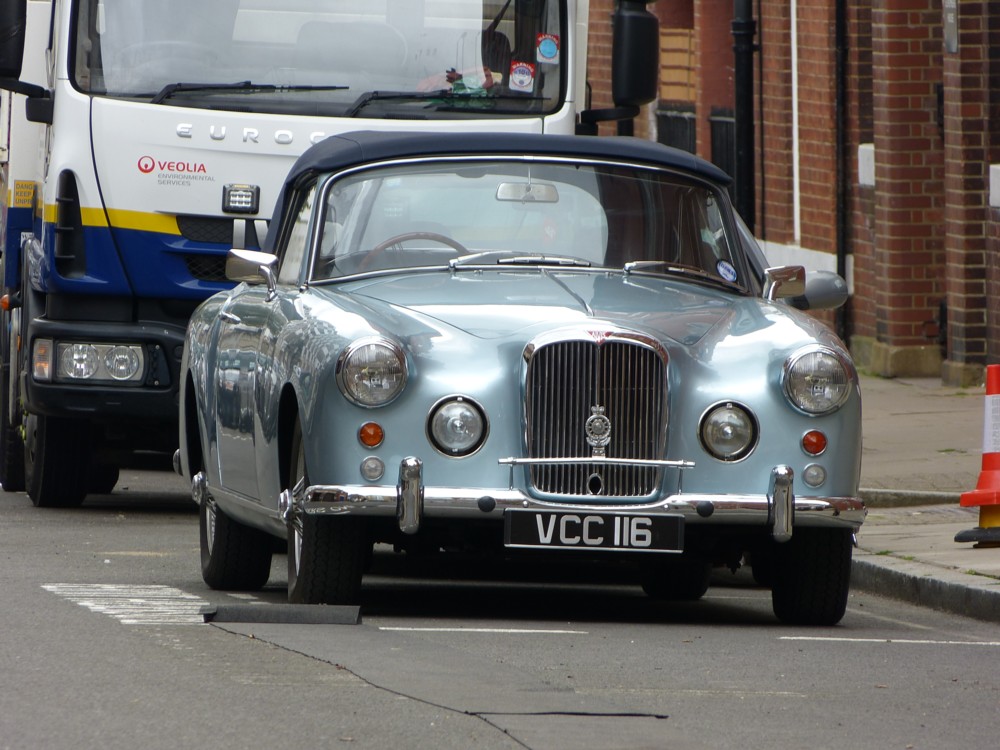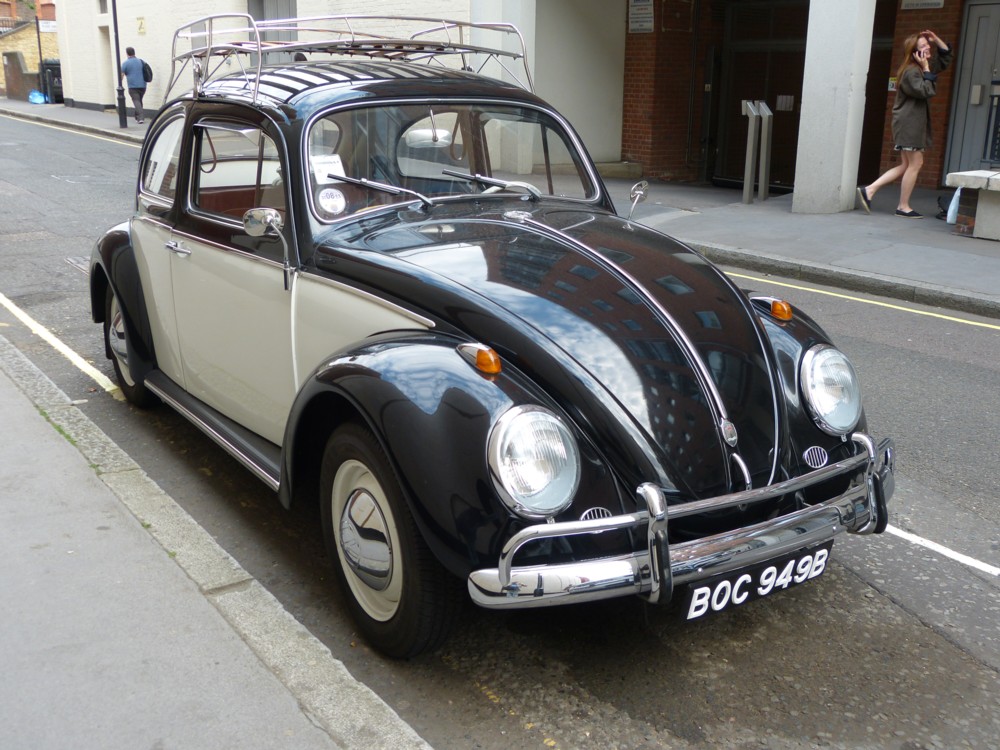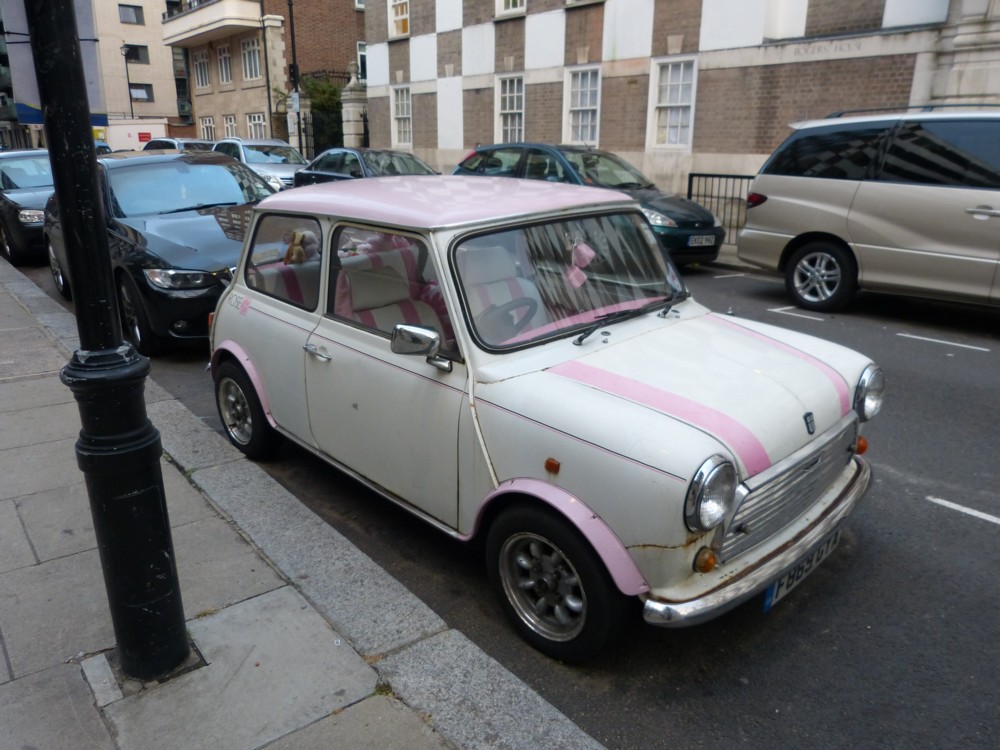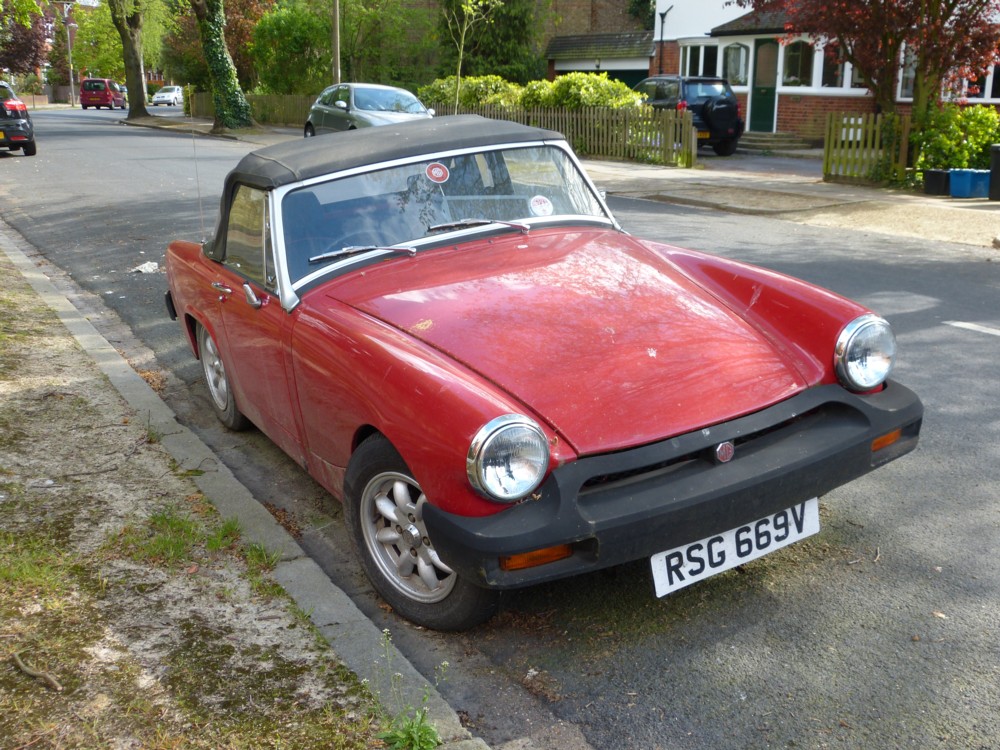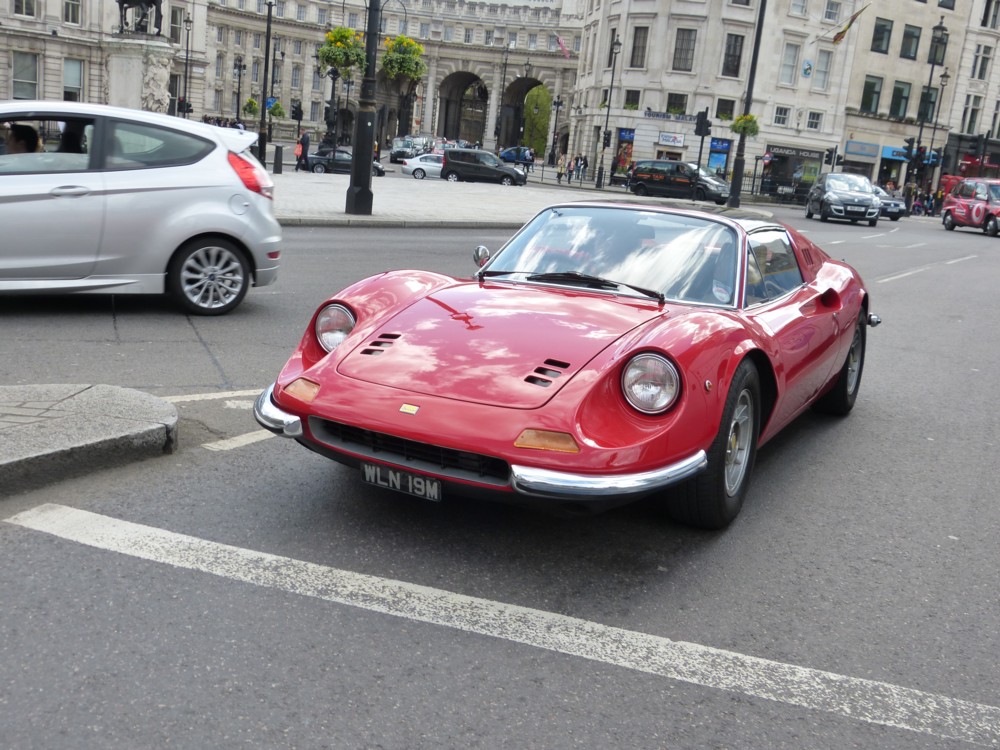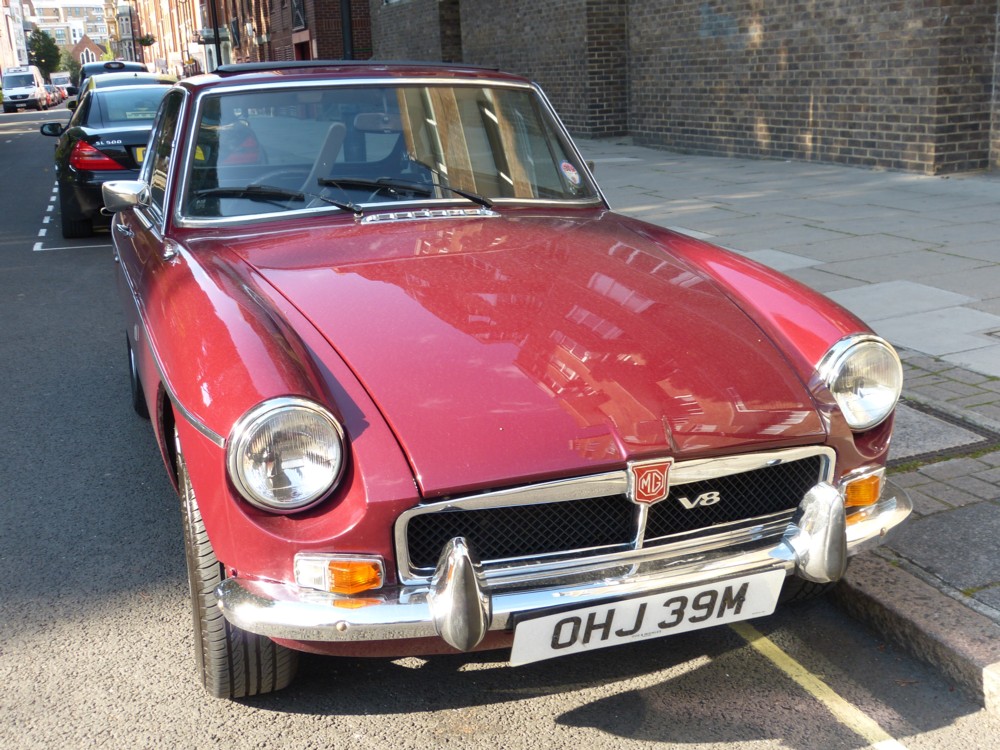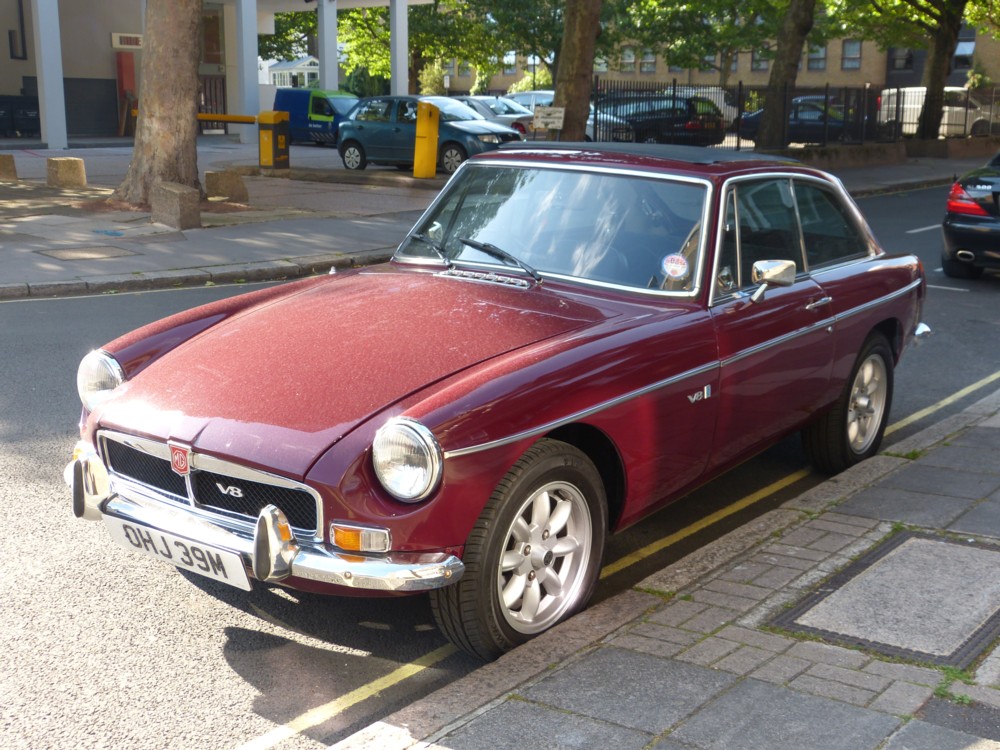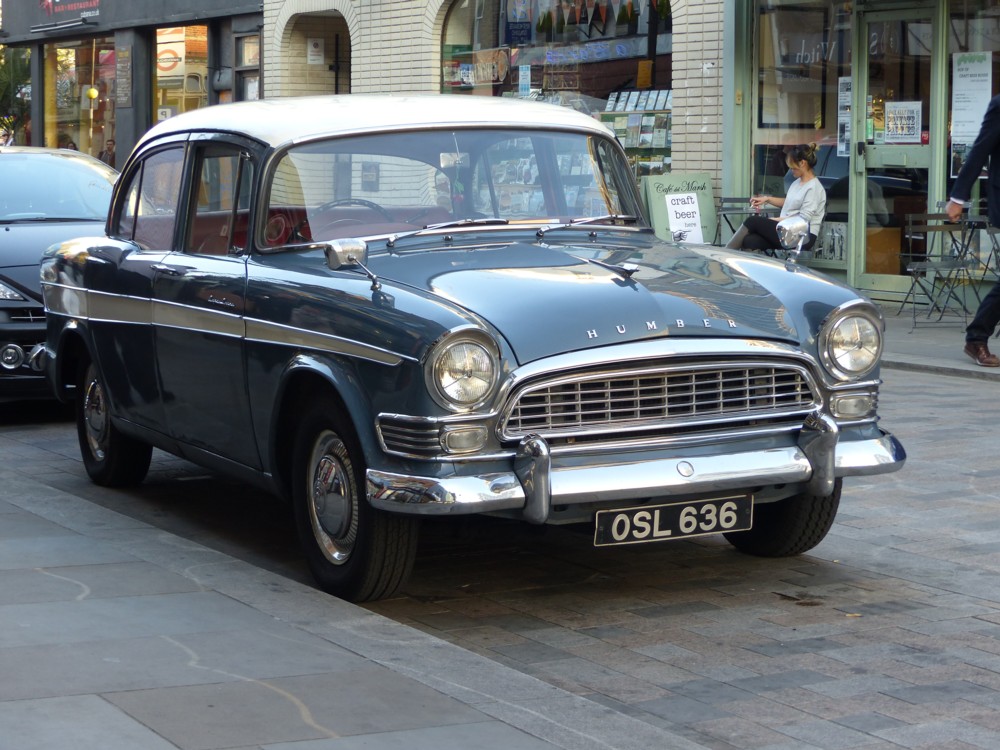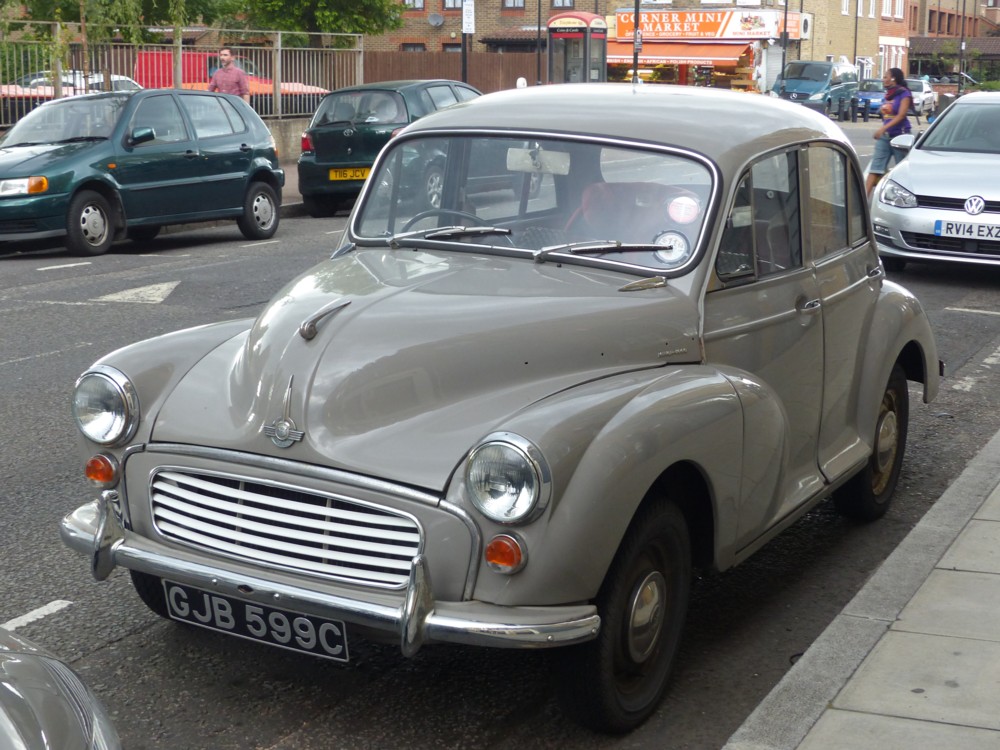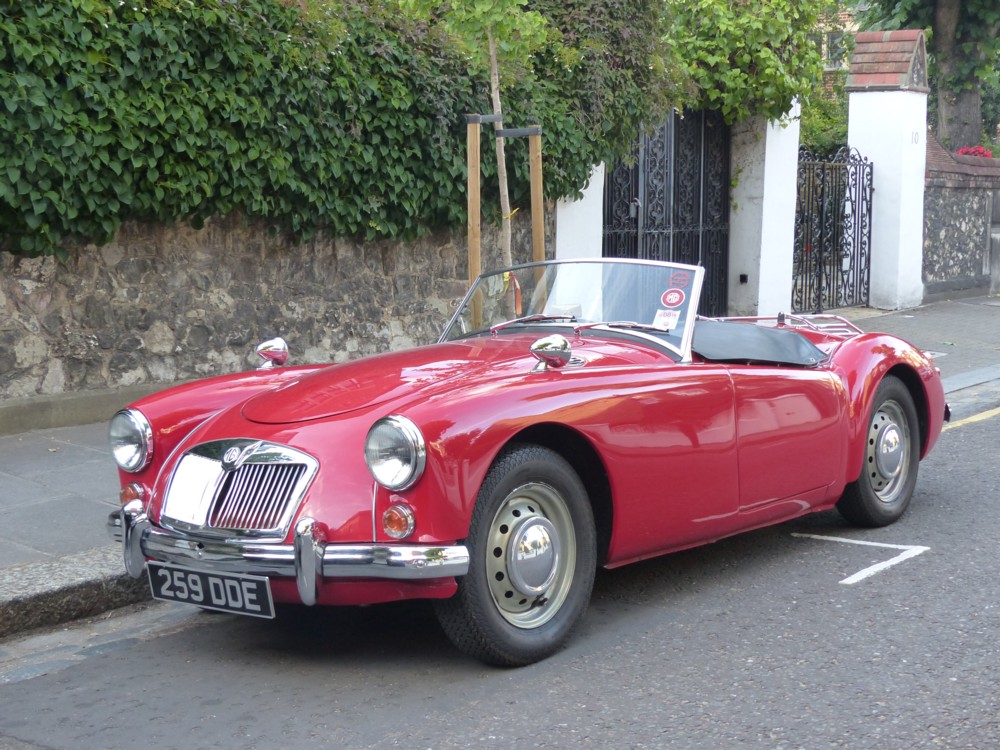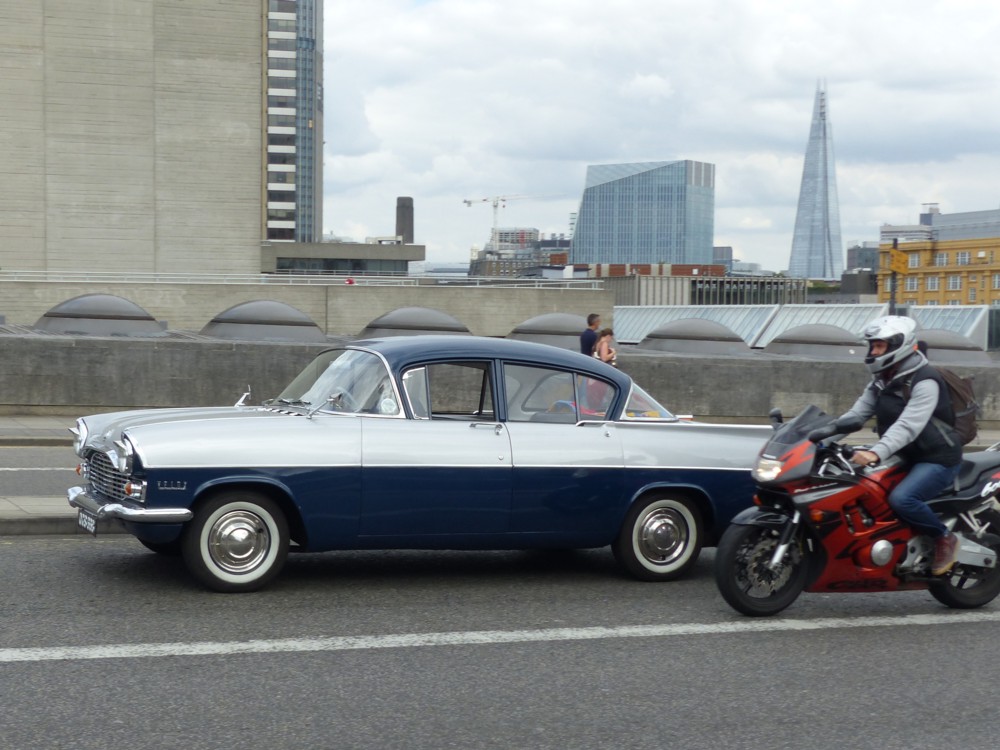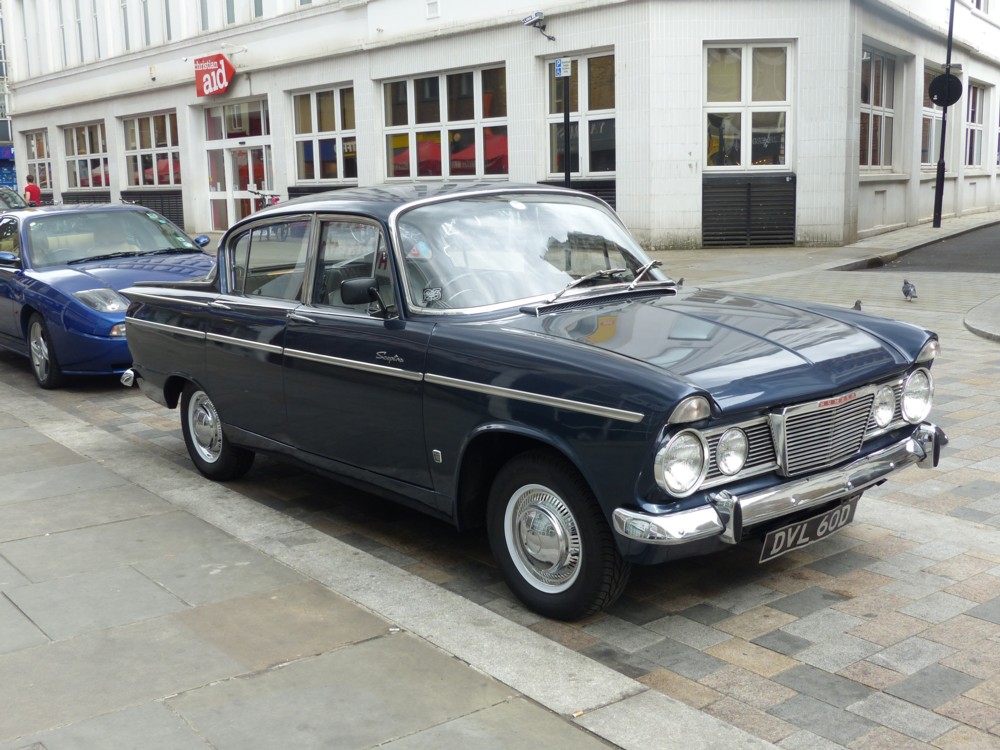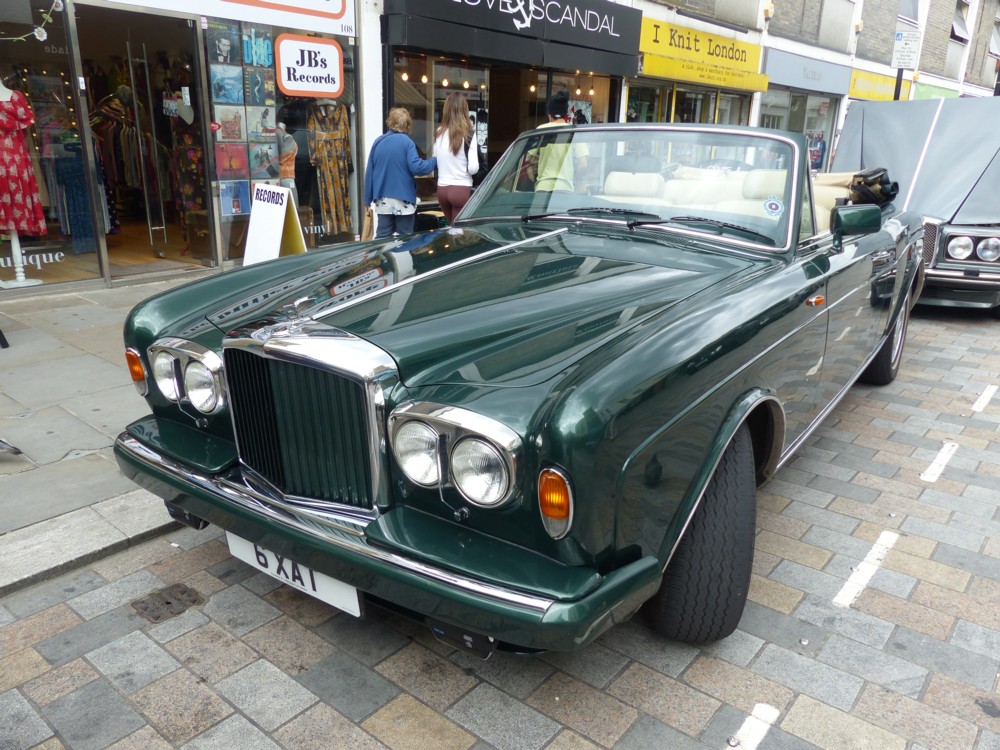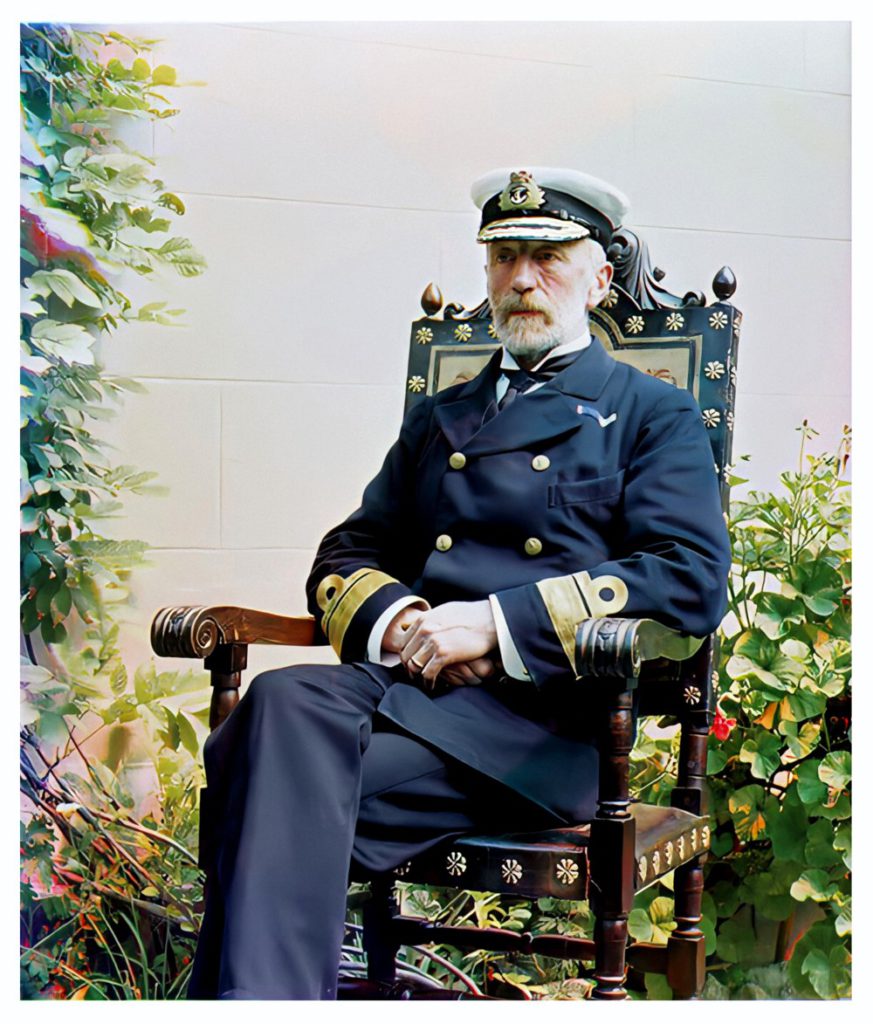Ronald Forbes, for The Conservative Woman:
WHY is it that almost every conservative defence of Donald Trump begins by disowning him personally like a distasteful object held at arm’s length?
Sure, they say, Trump gave the economy and the job market an electro-shock that Obama said wasn’t possible and didn’t even try, but …
Sure, Trump pulled out of the Paris climate agreement designed by liberal greenery to throttle Western economies and living standards and also out of the mad deal that freed Iran to go nuclear by the mid-2020s, but …
Sure, Trump rolled back Obama’s kangaroo courts on campuses, stemmed the immigration free-for-all, took on China’s communist bullies, read the facts of life to free-riding European partners in Nato, started a historic normalisation of relations between Israel and Arab states, but …
Sure, Trump nominated Supreme Court justices dedicated to the strange idea that the constitution meant what it said rather than what liberal judges would prefer it to say, but …
Well said mate. I like this Donald Forbes man. Who is he?
Donald Forbes is a retired Anglo-Scottish journalist now living in France who during a 40-year career worked in eastern Europe before and after communism.
A background well suited to make a man understand the vast moral chasm that separates being an evil piece of tyrannical shit from being a great man and a great guy, who has his hair done in a rather strange way.
But reading this excellent piece caused me to suffer a spasm of selfish worry. Patrick Crozier and I recorded a chat about Trump, a couple of years back. Did either of us do any of this distasteful-object-held-at-arm’s-length stuff when we talked about Trump? I listened to what we’d said again this afternoon, just to check. Happily, there was hardly anything like that. I once mentioned that picking a President was not the same as picking a father-in-law. (I would now love to have Trump as a father-in-law.) But that’s as near as either of us got to any pre-emptively grovelling (to the evil piece of tyrannical shit tendency) stylistic criticism of Trump. There was some analysis of Trump’s personal style. (He is a Rat Pack fan, basically.) Plus, there was lots of interrupting, and hesitating and mumbling, and general conversational incompetence. But, I’m proud to report that both us talked of Trump’s style and personality only to tease out why it was working so well, and that I for one repeatedly called him a great man. Okay we missed a few of the great things Trump had already done even then, but he’s done so many great things and that’s easily forgiven.
While I’m boasting about my past pronouncements (if I don’t who else will? (the particular bit I’m thinking of is at the end of that which I am about to link to)) see also, on the subject of the difference between mere stylistic impropriety and gigantic moral evil, this.



